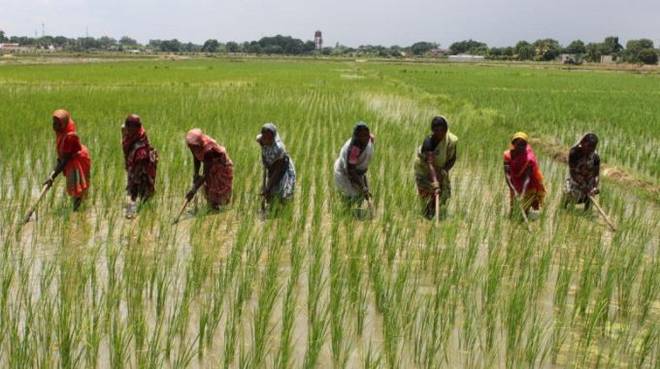Key issues that confronted farmers in 2020
Last year, farmers were confronted with many issues that impacted negatively on productivity.

Last year, farmers were confronted with many issues that impacted negatively on productivity.
According to the ‘2020 wet season agricultural performance survey’ conducted by the National Agricultural Extension and Research Liaison Services (NAERLS), Ahmadu Bello University (ABU), Zaria, access to mechanisation almost collapsed, due to a number of reasons.
Functional government-owned tractors crumpled from 1,534 tractors in 2019 to just 642 tractors in 2020, representing about 58.5 per cent decrease.
Although the number of functional private sector-driven tractors grew from 2,053 tractors in 2019 to 2,205 in 2020 (about 7.40 per cent increase), very few farmers had access to tractors to work in their farms.
The Minister of Agriculture and Rural Development, Alhaji Sabo Nanono, admitted that the country had the least number of tractors per square kilometre when compared to Kenya and South Africa.
He said plans had been concluded to assemble about 50,000 tractors in Nigeria, beginning from January 2021 if the ministry got the necessary approval from the National Assembly.
The survey further showed that most farmers in 12 states relied on animals to plough their soil.
Adamawa State has the highest number of bulls (200,000) while Gombe has the least number (6,150).
On the cost of production of major crops in 2020, compared with 2019, there were significant increases across the country.
For instance, the cost of rice production in Imo State went up by almost 167 per cent, while other areas recorded slightly lower increase, according to the report.
This cost of production was due to ‘high cost of inputs’ and ‘economic restrictions due to COVID-19.’
Although the study stated that the estimated cropped area had increased from 4,126,670 hectare in 2019 to 4,195,070 hectare (1.66 per cent increase) in 2020, output decreased by almost 3 per cent from 8,435,610 tons in 2019 to 8,171,750 tons in 2020.
The survey discovered that about 28 states (76 per cent) recorded decrease in rice output due to flood and other draught-related issues.
Maize has similar outlook where ‘estimated production output’ slipped from 12.6 million tons in 2019 to12.4 million tons (1.55 per cent decrease) in 2020 despite a 0.25 per cent increase in the ‘estimated cultivated area’ of 6.4 million hectares.
This reduction was due to the dry-spell recorded in the South-West, North-Central and South-East zones of the country, flood in some states, like Sokoto, Kebbi, Kano, Jigawa, as well as inadequate application of fertilizers by farmers.
Sorghum farmers also recorded decrease in the area of production, with the estimated planted area down by 0.37 per cent from 5.8 million hectares in 2019 to 5.7 million hectares in 2020.
This also translates to a 1.2 decrease in the production output from 6.6 million tonnes 2019 to 6.5 million tonnes in 2020.
For root and tuber crops, cassava also witnessed about 1.7 per cent decrease in the cultivated land, while output reduced by 2.4 per cent in 2020.
In the area of livestock production/population (2019 and 2020), Professor M. K. Othman, the executive director of the NAERLS, said there had been ‘marginal increases despite widespread livestock pests and diseases.’
The population of cattle grew from 20.4 million in 2019 to 20.5million in 2020.
The population of sheep also went up from 46.7 million in 2019 to 47.9 million in 2020. Population of goats rose from 82.7 million to 84 million while chicken increased from 208 million to 223.7 million in the period under review.
Professor Othman highlighted the major issues that affected agricultural production to include the “COVID-19 pandemic, which led to rise in the prices of inputs, averagely by over 90 per cent, and shortage of labour by 67 per cent, among others; flooding and prolonged dry spells that destroyed thousands of hectares of rice, maize and sorghum fields across the nation; government-procured inputs were largely inadequate and unavailable/inaccessible, and extension activities continued to decline over the years due to poor funding and dearth of personnel.”
